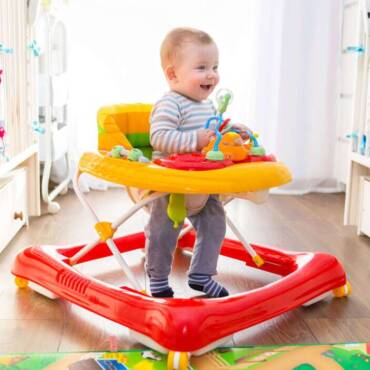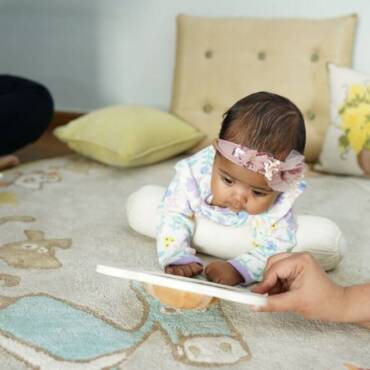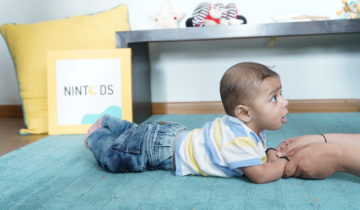Sensory play is one of the ways to provide the brain with enriching experiences for brain development. The neurons in the brain need meaningful experiences which help in building connections between them (synapses). Synapses in the brain are added or pruned based on such experiences.
Senses refer to the different ways we perceive the world. There are many senses our brain uses to help us navigate our surroundings.
We often talk about the five senses. These are –
- Taste
- Touch
- Smell
- Sight
- Hearing
However there are two others which are often missed –
- Body awareness (also known as proprioception) – the feedback our brains receive from stretch receptors in our muscles and pressure receptors in joints which enable us to gain a sense where our bodies are in space
- Balance – the stimulation of the vestibular system of the inner ear to tell us our body position in relation to gravity
What is sensory play?
Sensory play includes any activity that stimulates a young child’s senses of touch, smell, taste, sight and hearing, as well as anything which engages movement and balance. By coordinating all their senses they try to understand the world around them. Providing opportunities for children to actively use their senses as they explore their world through ‘sensory play’ is crucial to brain development.
Research shows that babies learn much more from interacting with their environments than they do from passive observation, and sensory play encourages such interaction.
When any developmental effort is laden with a sensory experience like playing with scented jars- the stimulation a child gets increases manifold. The entire system of information going through brain changes – from passively using just one function to actively engaging all senses.
Sensory play can involve playing with textures, ingredients, substances and props to stimulate the core senses and build a child’s awareness. For example, playing in a sandpit develops a child’s sense of touch – the sand rough, smooth, dry, wet, hard, soft. This sensory information is passed from the body to the brain though the central nervous system. As a result, a series of physical reactions are initiated in response.
Stimulating the senses and sending signals to the brain reinforces the neural pathways that are important for more complex learning tasks, language development, social interaction, gross motor skills and all types of future learning.
When children engage in sensory play, by moving their bodies through running, jumping and climbing (as well as manipulating toys and fun textures with their hands) they improve the attention and focus that they need for learning.
And most important benefit of sensory play is – it a fun way to engage with children and spark an interest in learning.
Play with Purpose !!




1 Comment
Wow, superb weblog structure! How long have you been running a blog for?
you make running a blog glance easy. The whole look of your web site is fantastic, let alone the content
material! You can see similar here najlepszy sklep
Add Comment